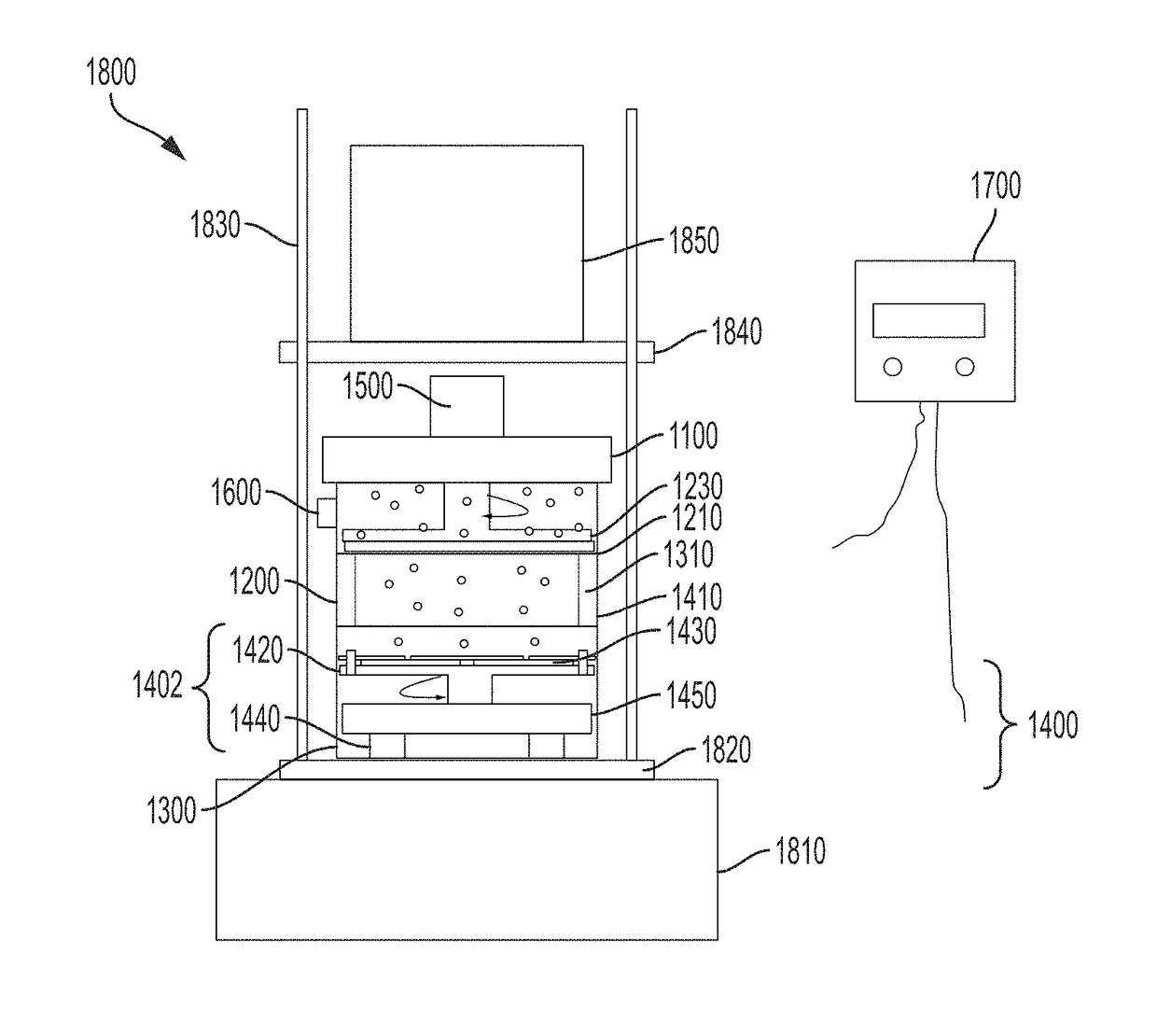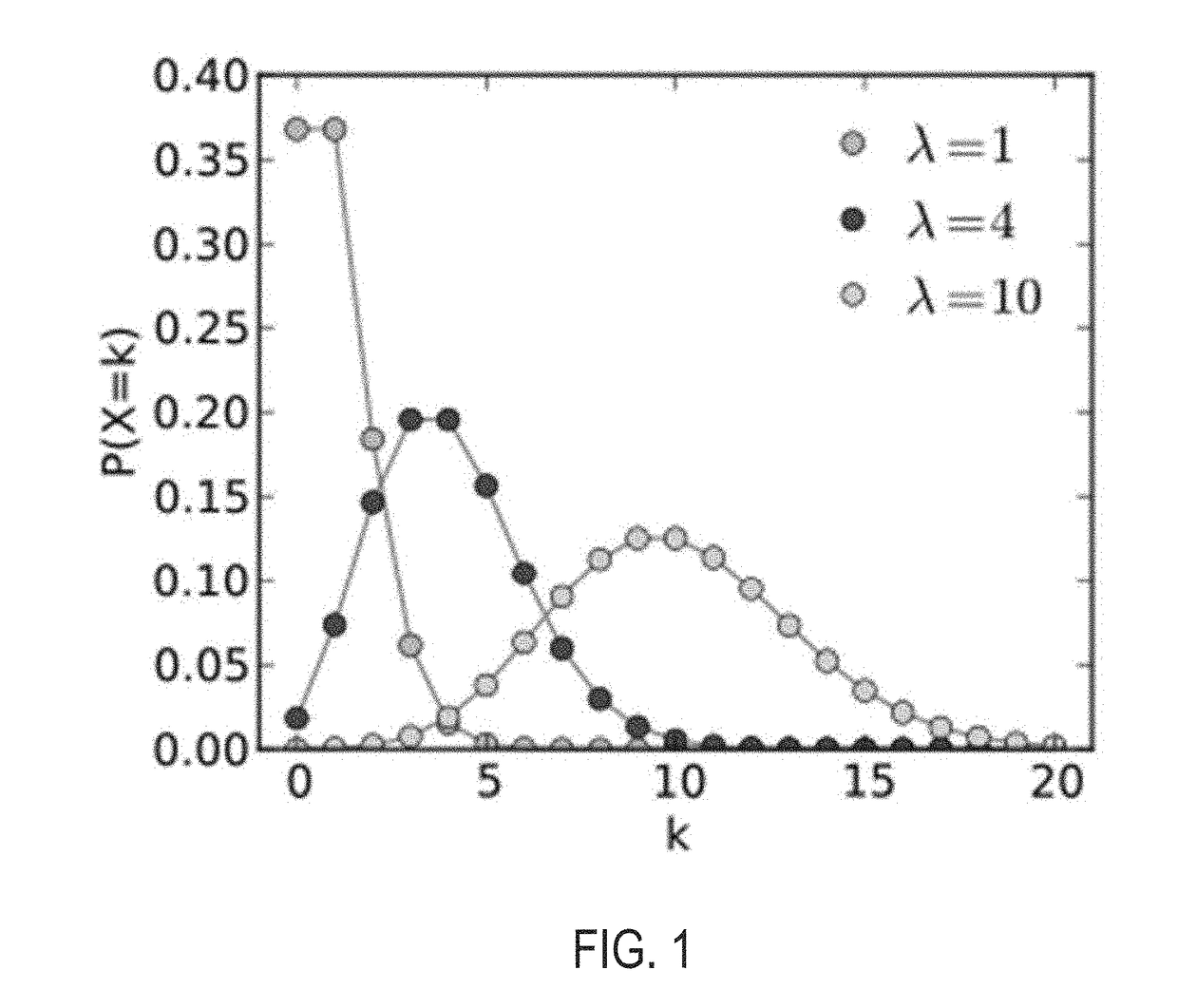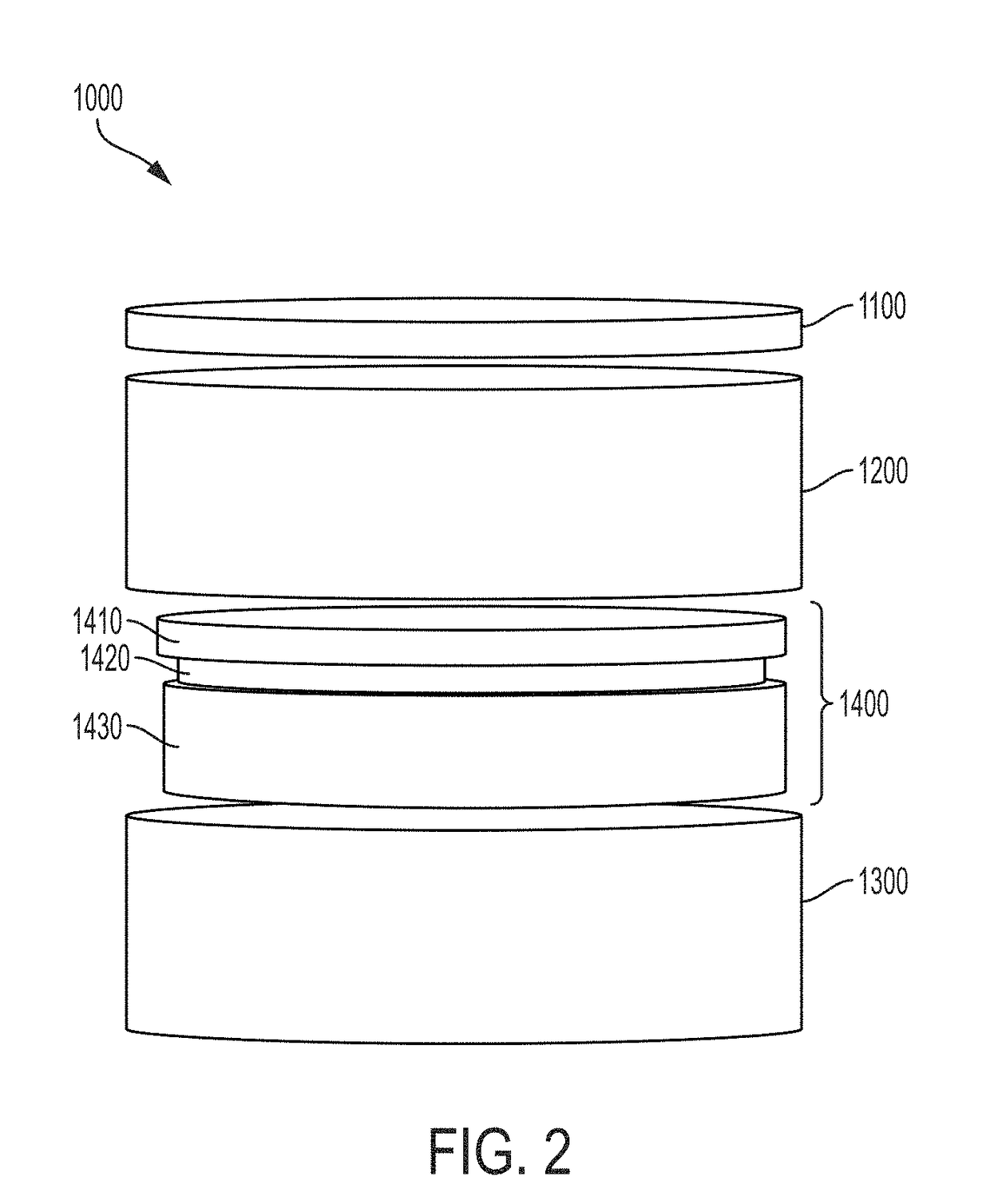Processing of solid micron sized particles for rapid deposition on substrate surfaces with uniform particle distribution
a technology of solid micron particles and substrate surfaces, applied in the direction of chemistry apparatus and processes, instruments, grain treatment, etc., can solve the problems of difficult production of consistent standard materials, difficult trace residues, and largely limited control of inkjet process particle deposition, so as to accelerate the sieving process and achieve superior sieving performance , the effect of greater control over particle deposition
- Summary
- Abstract
- Description
- Claims
- Application Information
AI Technical Summary
Benefits of technology
Problems solved by technology
Method used
Image
Examples
example 1
[0181]In order to test a sieving assembly incorporating a wiper blade therein, a sieving apparatus was fitted with a wiper blade that revolved at 50 rpm. The rotating coupon holder was fitted with four 1×41 1″ square glass coupons, and a mask having four 0.8″×0.8″ square openings was applied over the coupon holder and coupons.
[0182]A sieve with 20 micron openings and containing a prefractionated load of from 0 to 38 microns was used, and sieving was carried out for 3 minutes to a coupon load of 30 micrograms / cm2. Wiper blade sieving results in 10-20 times greater particle throughput as compared to sieves not incorporating a blade that contacts the sieving membrane, and prevents or reduces particle pooling. Use of the rotating coupon platform further evens out particle distribution. The vibration isolation provided by the rubber feet between the base of the rotating coupon platform and the collection pan limits particle redistribution after deposition on the coupons.
[0183]No vibrator...
example 2
[0184]In one implementation of the mechanical decoupling technique, custom cylindrical-shaped rubber feet were fabricated. The feet were designed to friction fit into 4 matching notches machined in the bottom side of the coupon holder and to protrude to lift the coupon holder away from the floor of the collection pan and enable the coupon holder to oscillate horizontally (shear mode). The friction fit design allows for easy cleaning and replacement for applications operating in a different frequency domain. It was found that the four feet provide suitable stability for the coupon holder while the vibration sieving operation was carried out.
[0185]The polymers considered for fabricating the feet were based on products from Smooth-On, Inc., of Macungie, Pennsylvania. In this comparative analysis, the Smooth-On, Inc. products Ecoflex® 00-30 and Dragon Skin 20 were compared. Ecoflex® 00-30 has a Shore hardness of 30 based on the Shore 00 scale. This hardness is comparable to the hardness...
example 3
[0192]The dust storm deposition technique is illustrated in FIG. 14. The system consists of a cylindrical container, an electrical fan (with power supply and controller), an appropriate substrate holder and the particles to be deposited on the substrate or coupon(s). The fan establishes a cyclonic airflow within the container which drives micron sized particles in a circular motion, and then lifts them up towards the top of the container where the particles adhere to one or more coupons.
[0193]The glass jar selected in the preliminary experiment described here was selected for convenience and to allow easy visual observations. The fan selected was a simple vane axial fan. The direction of the air flow was directed downwards towards the bottom of the glass jar. The rotational direction of the fan can be ignored. The two wires for power supply plus an additional wire without functionality held the fan in position. The lid of the jar contains a simple substrate holder which allows easy ...
PUM
 Login to View More
Login to View More Abstract
Description
Claims
Application Information
 Login to View More
Login to View More - R&D
- Intellectual Property
- Life Sciences
- Materials
- Tech Scout
- Unparalleled Data Quality
- Higher Quality Content
- 60% Fewer Hallucinations
Browse by: Latest US Patents, China's latest patents, Technical Efficacy Thesaurus, Application Domain, Technology Topic, Popular Technical Reports.
© 2025 PatSnap. All rights reserved.Legal|Privacy policy|Modern Slavery Act Transparency Statement|Sitemap|About US| Contact US: help@patsnap.com



